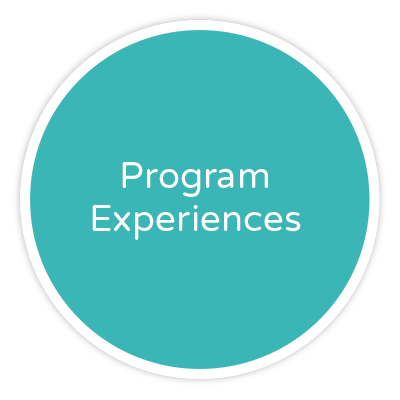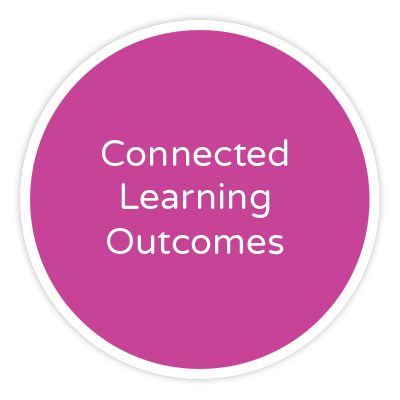
This microsite includes survey instruments that can be used
to document youth’s experience of connected learning.
To download the full connected learning survey, click here.
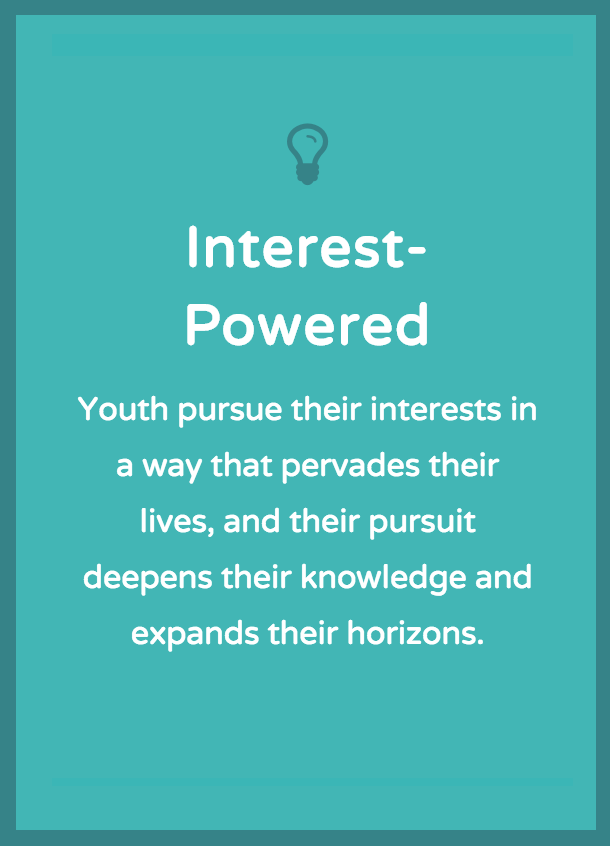
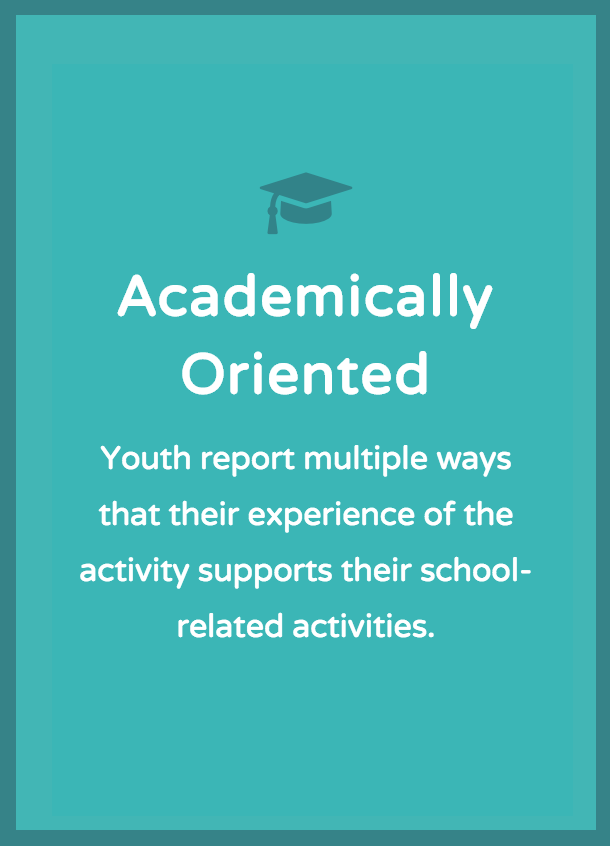

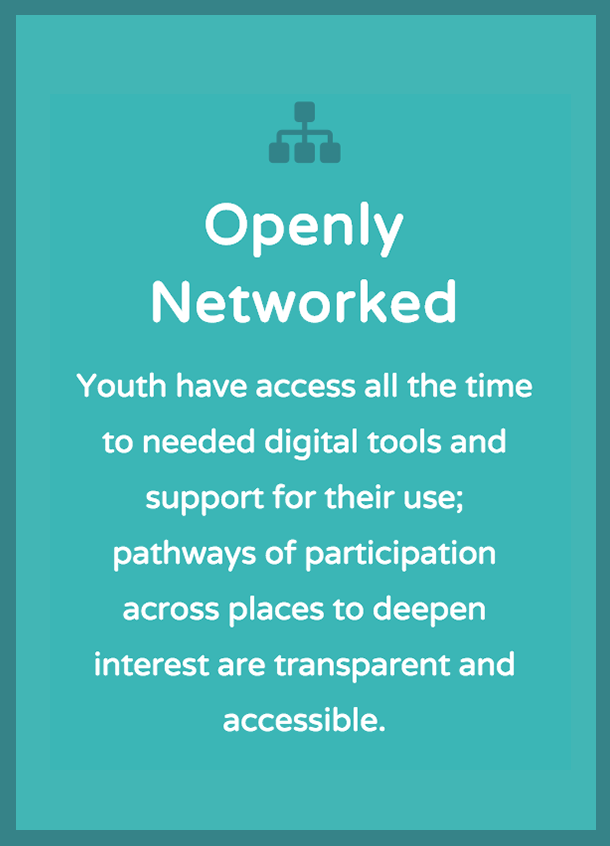
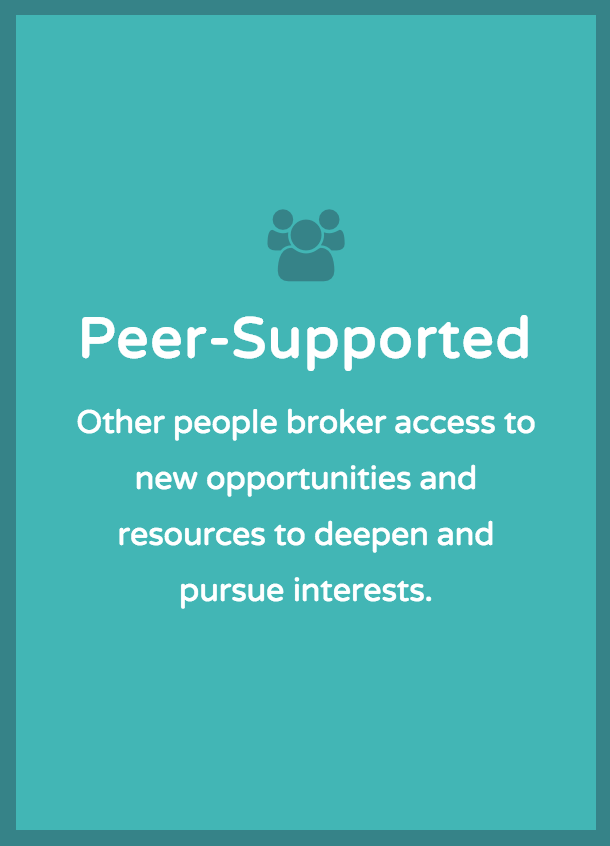

These different levels of depth permit you to document ways
that individual youth experience varies. >> Read More
Using The Instruments
These reports present validity and reliability data
about the instruments and describe how best to use them.

Katie Van Horne
We developed our survey items in collaboration with both members of the Connected Learning Research Network and a group of youth helped us pilot test and refine our items to make them both youth-friendly and closely aligned to the Connected Learning model.

Bill Penuel
We collaborated with educators and youth from Hive New York and the Colorado Alliance For Creative Youth Development to brainstorm what youth might say or do that reveal evidence for outcomes that educators and youth care about in their programs. These outcome items are now reflected in the outcome and the program experience items.

Vera Michalchik
We followed an evidence-centered design approach to developing items. In evidence-centered design, developers begin with defining the constructs to be measured, and then develop items intended to elicit students’ experiences relative to those constructs. We used pilot data to refine both our items and constructs and to assess the validity and reliability of our items.
As a courtesy, we ask that you let us know how you will be using these instruments by emailing Katie.VanHorne@colorado.edu. These research tools are licensed under a Creative Commons Attribution Unported 3.0 License (CC BY 3.0). Please link back to http://researchtools.dmlhub.net when using or citing this work.


